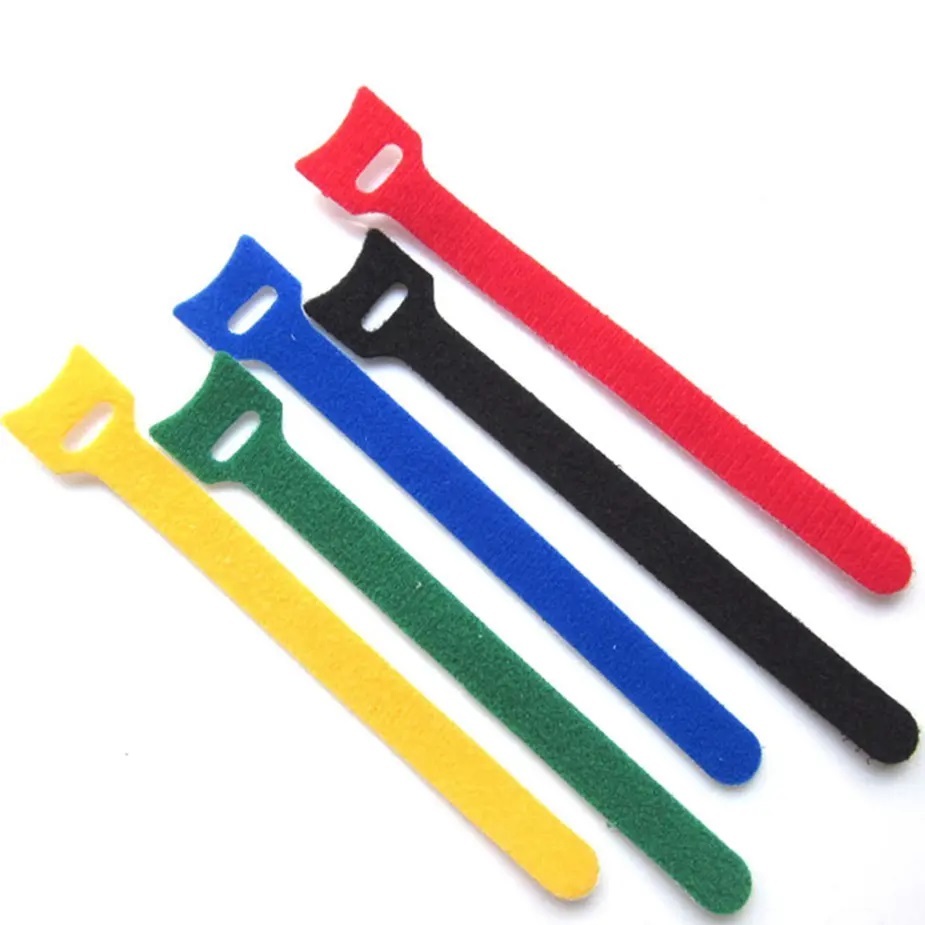09
2025
-
10
Advantages of dust-proof plastic cable ties
Author:
The Advantages of Dust-Resistant Plastic Cable Ties in Industrial and Everyday Applications
Plastic cable ties, commonly known as zip ties, are indispensable tools across industries due to their versatility and cost-effectiveness. When designed with dust-resistant properties, these ties gain additional benefits that enhance their performance in environments prone to particulate contamination. Below are key advantages of dust-resistant plastic cable ties and their practical applications.
Enhanced Durability in Particulate-Heavy Environments
Dust-resistant plastic cable ties are engineered to withstand prolonged exposure to airborne particles, which can otherwise degrade materials over time. Traditional ties may accumulate dust in their locking mechanisms or along their surfaces, leading to reduced tensile strength or premature failure. Dust-resistant variants, however, feature smoother edges and tighter seals that minimize particle ingress. This design ensures the ties maintain their structural integrity even in environments like manufacturing floors, construction sites, or outdoor installations where dust is prevalent.
For example, in telecommunications infrastructure, where cables are often routed through dusty enclosures or exposed to wind-blown debris, dust-resistant ties prevent particulate buildup that could interfere with cable organization or signal integrity. Similarly, in automotive assembly lines, these ties secure wiring harnesses without succumbing to the abrasive effects of metal shavings or powder coatings.
Reduced Maintenance and Long-Term Cost Savings
One of the primary benefits of dust-resistant plastic cable ties is their ability to reduce maintenance demands. In non-resistant ties, dust accumulation can clog the ratcheting teeth, making them difficult to adjust or requiring frequent replacements. Dust-resistant models, by contrast, maintain smooth operation over extended periods, lowering the need for interventions.
This advantage is particularly valuable in industries like data centers, where thousands of cables are bundled and secured. Dust-resistant ties ensure that technicians spend less time inspecting or replacing compromised fasteners, thereby optimizing uptime and reducing labor costs. Additionally, their resistance to particulate wear extends their service life, making them a more sustainable choice compared to standard alternatives.
Versatility Across Dynamic and Harsh Conditions
Dust-resistant plastic cable ties excel in environments where both dust and other stressors—such as vibrations, temperature fluctuations, or chemical exposure—are present. Their robust construction allows them to perform reliably in settings like renewable energy installations, where solar panels or wind turbines may generate dust from nearby surfaces. The ties’ ability to resist particulate infiltration complements their existing resistance to UV radiation, moisture, and abrasion, creating a multi-hazard solution.
In construction projects, for instance, these ties are used to temporarily secure tarps or dust sheets over unfinished structures. Their dust-resistant properties ensure they do not weaken due to airborne concrete dust or sawdust, providing a secure hold throughout the project lifecycle. Similarly, in agricultural settings, where equipment generates significant particulate matter, dust-resistant ties keep hydraulic hoses or electrical cables organized without requiring constant replacement.
Practical Applications Across Industries
The benefits of dust-resistant plastic cable ties translate into tangible improvements across sectors:
Telecommunications and IT
In server rooms or telecom towers, where cables are densely packed, dust-resistant ties prevent particulate buildup that could lead to overheating or signal interference. Their transparency also allows for easy visual inspection of cable arrangements, streamlining maintenance.
Automotive and Manufacturing
Automotive plants rely on these ties to secure wiring harnesses in dusty assembly areas. Their resistance to abrasion from metal filings ensures long-term reliability, reducing downtime caused by fastener failures.
Construction and Renovation
On construction sites, dust-resistant ties are used to create temporary barriers or secure protective coverings. Their durability in harsh conditions minimizes the need for replacements, even when exposed to wind-blown debris or construction dust.
Outdoor and Renewable Energy
Solar farms and wind turbines often face dusty environments due to their location in arid or rural regions. Dust-resistant ties maintain their grip on cables and panels, ensuring consistent performance despite environmental challenges.
Conclusion
Dust-resistant plastic cable ties offer a practical solution for industries and applications where particulate contamination is a concern. Their enhanced durability, reduced maintenance requirements, and versatility make them a superior choice compared to standard ties in harsh environments. By selecting dust-resistant variants, professionals can ensure reliable cable management, lower long-term costs, and improve operational efficiency across diverse settings.
plastic cable ties
Previous Page
Previous Page
Hot News
2025-10-09
Insect-proof plastic cable ties
Plastic cable ties, essential for organizing cables and securing equipment, face unique challenges in environments prone to insect activity. Standard ties may degrade when exposed to bites, secretions, or nesting behaviors of pests, leading to premature failure. Insect-resistant plastic cable ties address these issues through specialized material formulations, offering enhanced durability and reliability. Below, we explore the key material properties that make these ties suitable for pest-prone settings.
2025-10-09
Advantages of dust-proof plastic cable ties
Plastic cable ties, commonly known as zip ties, are indispensable tools across industries due to their versatility and cost-effectiveness. When designed with dust-resistant properties, these ties gain additional benefits that enhance their performance in environments prone to particulate contamination.
2025-10-08
Application scenarios of waterproof plastic cable ties
Waterproof plastic zip ties, engineered with materials like UV-stabilized nylon or polypropylene, are designed to resist moisture, chemicals, and environmental degradation. Their durability and adaptability make them indispensable across industries and daily life. Below are key applications where these ties excel.
2025-10-08
Surface treatment of anti-slip plastic cable ties
Plastic zip ties are essential for securing items, but their smooth surfaces can sometimes lead to slippage, especially under tension or in wet conditions. This compromises both functionality and safety, particularly in applications like construction, automotive repairs, or outdoor installations. By applying specialized surface treatments, manufacturers can significantly improve the grip and durability of zip ties, ensuring they stay firmly in place even in challenging environments.

